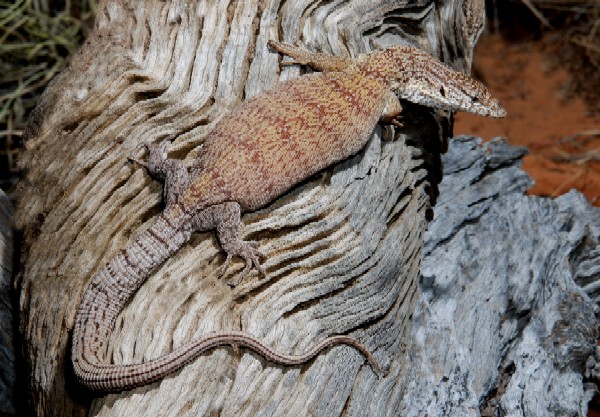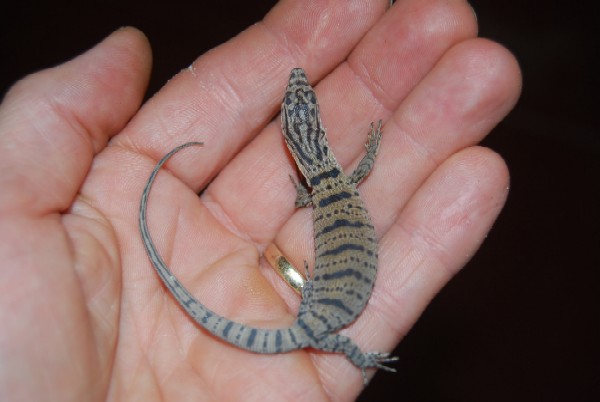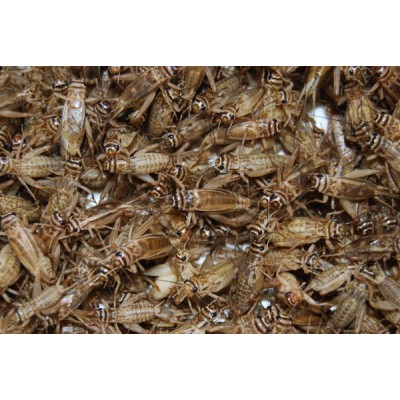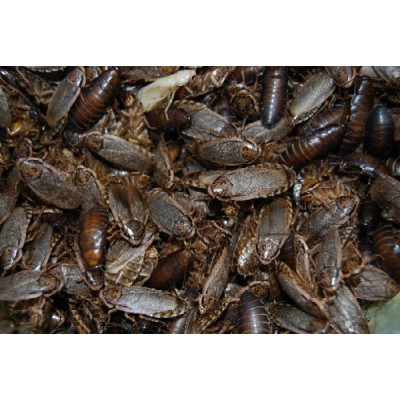Pygmy Mulga Monitor (Caresheet)

CAPTIVE HUSBANDRY
Pygmy Mulga or Gillen's Monitors (Varanus gilleni) are one of the easiest of the monitors to maintain. They are not as fast and aggressive as some of the other species such as ridge-tailed monitors (V. acanthurus) or black-headed monitors (V. tristis) and in most cases individuals are quite compatible together. Mature males will fight during the breeding season especially if there is a female present, however, this usually entails a physical wrestling match rather than biting although the situation can escalate if the individuals aren't separated. As a tree-dwelling lizard a vertically orientated enclosure is required, a cage around 50 x 50 x 90cm high would adequately house a pair of adult lizards. Provide plenty of sturdy climbing branches and include some hollow tree branches for the lizards to hide in. If hollows can't be found it is possible to use artificial hiding refuges such as lengths of PVC pipe or plastic agricultural drain pipes cut to a length to allow the lizards to hide their entire body and tail. The ag pipes are good as the corrugations allow the lizards to move in and out of the tube with ease, which can be a little tricky in the smooth-sided PVC pipe. Provide a heat lamp at the top of the cage along with a horizontal branch or two beneath the globe as a basking spot. A temperature in the high 30's or low 40's should be supplied on this basking spot. The rest of the enclosure should be maintained around 28-30°C during the day, dropping to 18-20°C at night. Temperatures can be lowered a further 8-10°C over winter. They are not fussy eaters and will readily take any commercially available insect types but be careful not to over feed adults as they are prone to obesity.
CAPTIVE BREEDING
These are relatively easy monitors to breed. A winter cooling period for a couple of months will help synchronise the reproductive cycles followed by a gradual increase in both temperature and food supply in early spring. Mating will usually take place as soon as the temperatures have started to rise and the first clutches of eggs will be laid in October. Provide a container of moist substrate on the floor of the enclosure preferably with a lid with an access hole for the female to enter for egg-laying. She will often go in and dig some test burrows before actually laying the eggs. It is a good idea to remove the male when the female is close to laying as he may be inclined to eat the eggs if he senses their presence. Females will lay around 2-8 eggs and may produce several clutches over a season about 4-5 weeks apart. The eggs should be incubated at 29-30°C and will take around 90-100 days to hatch. Juveniles are fast and active within a couple of hours of hatching and will soon start actively hunting down small insects.

HATCHLING PYGMY MULGA MONITOR SHOWING TYPICAL STRONG MARKINGS WHICH WILL FADE AS THE LIZARD AGES
- All images property of Gunther Schmida & Rob Porter
OpenCart Maintenance
© Copyright 2001-2025 Livefoods Unlimited - All Rights Reserved
Tel: 0400464505 - livefoods@outlook.com - A.B.N 37 960 709 736


